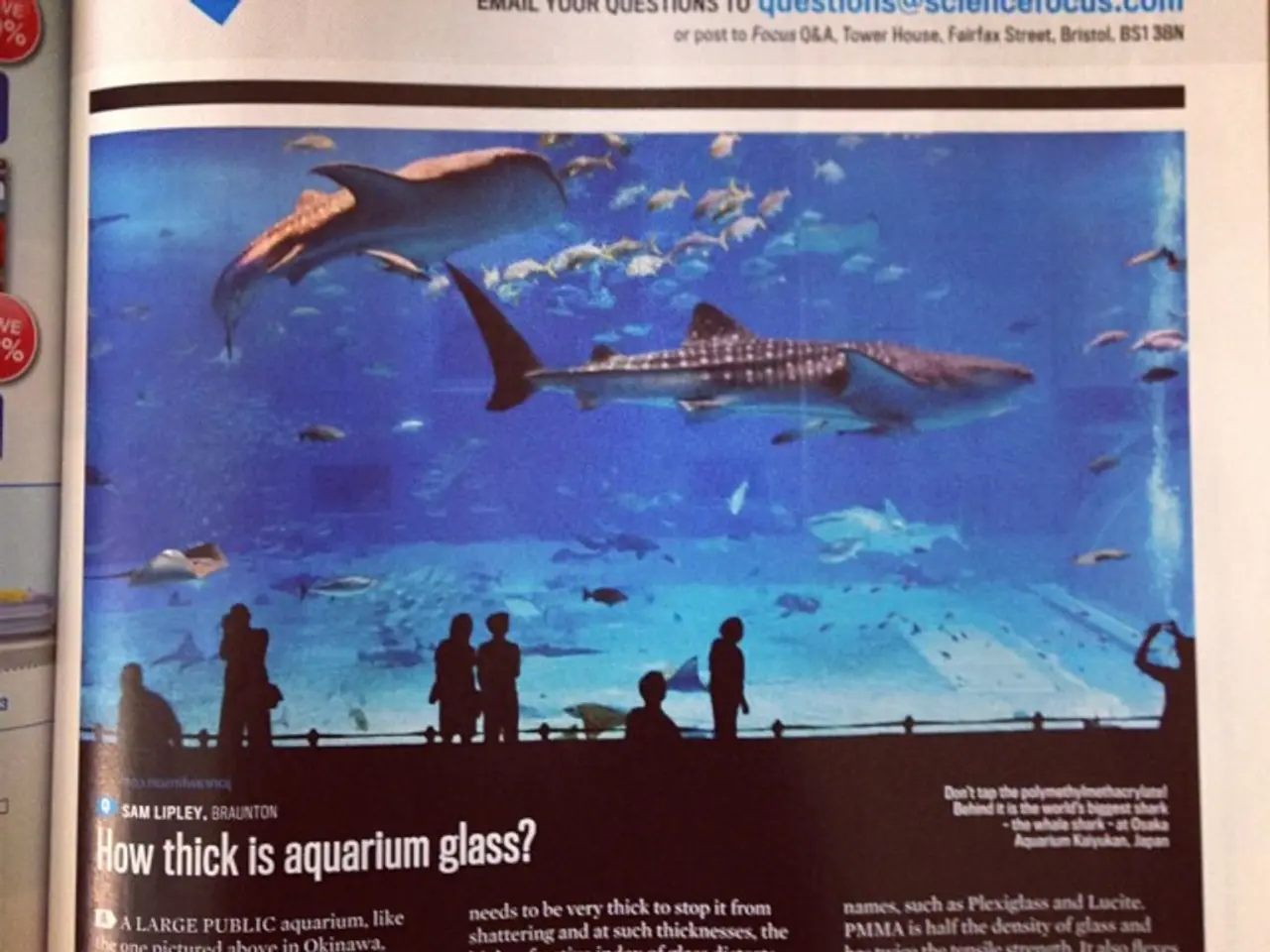Native American Resident in Salt Lake City
Community Radio Stations Amplify Indigenous Voices and Empower Communities
Diana Ramirez Leon, a sociologist and community communicator, recently attended the National Federation of Community Broadcasters Media Conference in Salt Lake City, Utah. As a Hñähñu (Otomi) member, Leon is part of an Indigenous community that not only resists but also re-exists, and her work with community radio highlights the crucial role these stations play in promoting social diversity.
For nine years, Leon has hosted the program "Bui ri hnini - Vive Tu Comunidad" on 103.5 FM Ximhai, the community radio station of the Hñähñu Peoples in the Mezquital Valley region of Hidalgo, Mexico. Her experiences demonstrate that community radio stations communicate difference, celebrate people's history, support local emergencies, safeguard oral traditions, defend territories, and use new technologies to sustain Indigenous knowledge and infrastructure.
The role of community radio is to fulfill the goal of free communication and be an agent of change. In the context of Indigenous communities, this means amplifying marginalized voices, maintaining and revitalizing Indigenous languages and oral histories, supporting emergency communication and public safety, fostering political inclusion and participatory citizenship, and advancing Indigenous sovereignty and cultural rights.
Community radio stations, despite limited resources, especially financial ones, are reaching places and people whose stories aren't included in other media outlets. They serve as a platform that preserves and disseminates Indigenous languages, heritage, and cultures while fostering participation and communication within and beyond the community.
Moreover, Indigenous community radios often act as critical information hubs in areas with limited access to internet or other media. They provide localized news, emergency alerts, health information, and political coverage in Indigenous languages, which is vital for community cohesion and resilience, especially where mainstream media overlooks Indigenous perspectives or content.
Examples from Latin America emphasize that Indigenous community media not only preserve ancestral knowledge and cultural memory but also promote digital inclusion and local autonomy by combining traditional media with new technologies and community networks. This helps reduce isolation in remote areas, connect family and community members, and support sustainable local development.
At the National Federation of Community Broadcasters Media Conference, Leon reconnected with the inspiration of community radio. She encountered vibrant voices such as Amy Goodman of Democracy Now! and more than thirty community radio stations from the United States and Mexico. The function of a true community radio, as demonstrated by Leon and her colleagues, is to communicate difference, celebrate people's history, disseminate diversity, support local emergencies, especially rural ones, safeguard oral history, defend territory and natural resources, relearn new technologies, and be creative in sustainability.
The language that unites participants at the conference is the spirit of the movement fighting for freedom of expression. Those who were in Salt Lake City are a community of community communicators committed to being voices for social diversity. Workshops at the conference showed that community radio stations safeguard the oral history of Indigenous and tribal peoples, making them invaluable resources for preserving cultural heritage.
In conclusion, community radio acts as a vital medium for promoting social diversity and Indigenous empowerment by preserving cultural identity, facilitating communication, and supporting self-determination, as demonstrated by Diana Ramirez Leon and communities worldwide.
In the essence of community radio stations, they extend their realm to more diverse territories, encompassing segments like lifestyle and home-and-garden, to facilitate a wider range of storytelling and foster deeper connections within Indigenous communities. This inclusivity allows community members to share their unique ways of life, traditions, and home decoration, reinforcing cultural identity and shared values.
As community radio stations in Indigenous communities thrive, they may cover topics that resonate with the audience, such as agricultural practices or traditional crafting, thus showcasing the richness and resilience of Indigenous lifestyles and heritage, ultimately empowering these communities.





